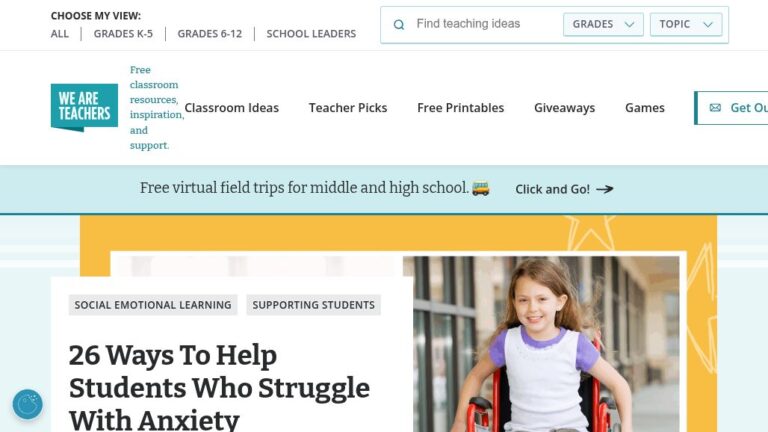Chances are you’ve seen a significant increase in the number of students who struggle with mental health over the past several years. According to JAMA Pediatrics, even before the pandemic, the rate of child and adolescent anxiety increased 27% between 2016 and 2019. By 2020, more than 5.6 million youths were diagnosed with anxiety. With symptoms such as trouble concentrating, an upset stomach, or sleeplessness, anxiety can be one of the most debilitating challenges students face in classrooms today.
We know anxiety is more than just “worries.” It can influence classroom performance just as much as any other learning disability. Kids who are worried and anxious aren’t doing it on purpose. The nervous system acts automatically, especially when it comes to worry (which often stems from fight-or-flight reflexes). That’s why phrases like “just relax” or “calm down” aren’t helpful. But with practice, kids can learn to slow down their anxious brains, and we can learn to help them. Here are a few ways you can help anxious kids in the classroom.


